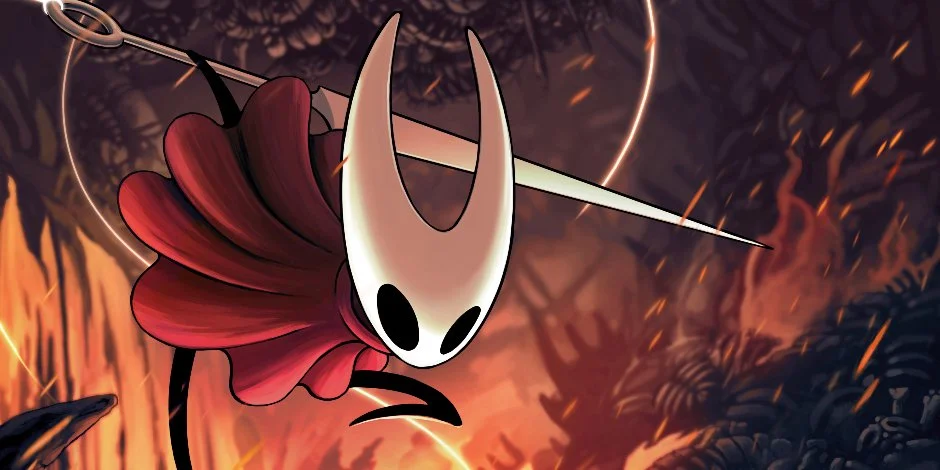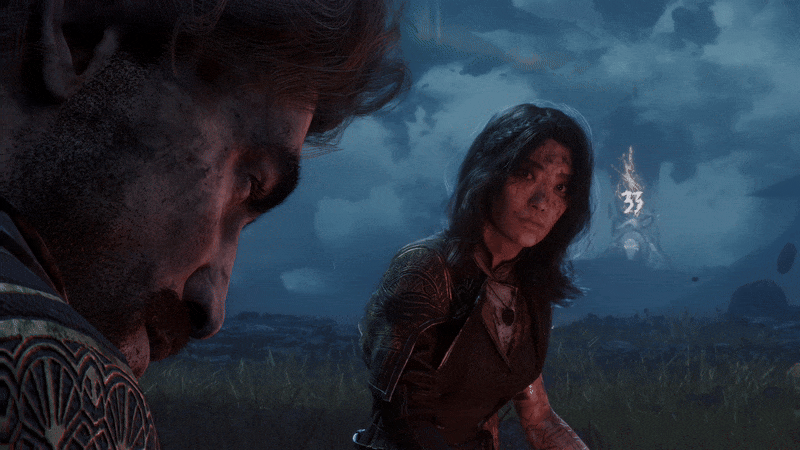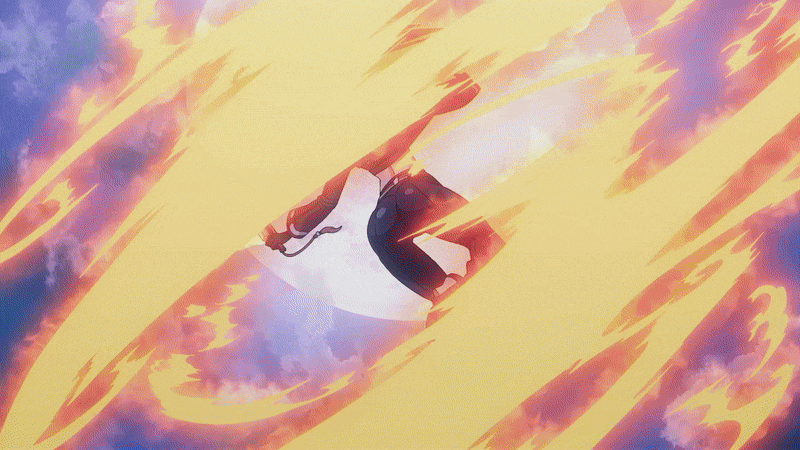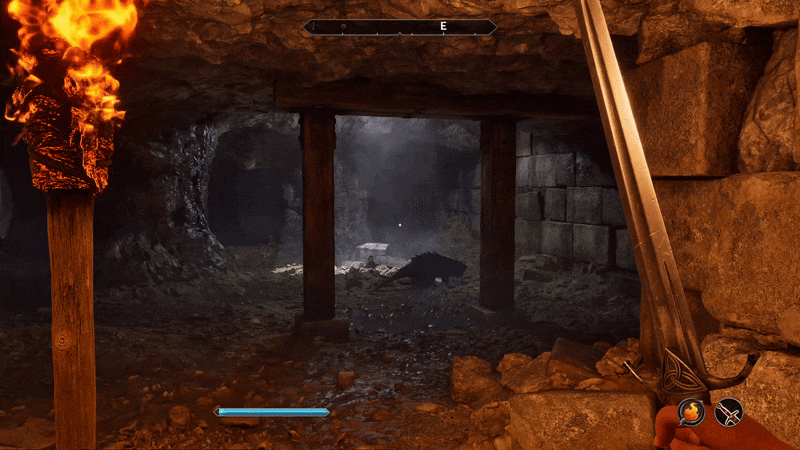Every now and again, a game comes around that will truly blow people away with its story, gameplay, and visuals which culminate into a cyclone of beauty that blows across the screen. This is the way I felt in late 2018 after the release of Red Dead Redemption 2, and it wasn’t until last week that I had been introduced to something that I’d say should be held in the same regard, if not higher.
Sucker Punch Games has been a heavy hitter for PlayStation ever since the Sly Cooper franchise started back in 2002, and this game just proves that they are still a force of nature for PlayStation’s future. Ghost of Tsushima is an impressive piece of art with a game surrounding it.
Story
The story of Ghost of Tsushima takes place on Japan’s archipelago island, Tsushima. You play as samurai warrior Jin Sakai, who’s life is changed completely following the genocide of the island’s samurai army at the hands of the invading Mongols. The Mongols are led by their brutal leader Khotun Khan, who will do anything to rule the island. During their invasion, Jin’s uncle is captured, while he is mortally wounded and left to die.
He is saved by a thief and nursed back to health, only to find out that the place he calls his home is being destroyed. The Mongols start taking over the island by force, leaving Jin with no choice but to take a stand to save his people. War against Khan is an immeasurable feat, so Jin must make difficult choices when it comes to maintaining his honor or playing dirty.
The developers did an amazing job of keeping the story full of steam from the time we meet Jin to the moment the credits roll. Main missions and even side missions, had an “epic tale” feel to them which really came off as a true love letter to Japanese cinema from back in the day. This is making a game feel like a movie done right. There’s a ton of freedom in the game, but the writing retains that Akira Kurosawa inspired feel even in between.
Gameplay
Ghost of Tsushima offers such a variety of game mechanics to allow its dual type of gameplay to flourish. There are different approaches to consider when taking on the Mongols, there’s honor or stealthy assassination. When fighting them with honor you can approach them and ask for a standoff. This is used in a quick draw type of fashion, as you wait for your opponent to make a move before you attack. Done correctly, you can kill your enemy in one swift slice of your blade. After you make short work of your opponent, you can start in on their allies.
If honor is not your choice, then you can sneak around their territories and kill them silently. You can lure or distract them with chimes, and then vanish in the blink of an eye with smoke bombs. The game really let’s you decide how you’d like to fight your enemies. Some story missions force you to either sneak or use honor, but most let you play your own way.
Combat in the game was painstakingly evaluated by the developers to have the proper techniques used by samurai integrated into the game. Over the course of the story, Jin will learn four stances that have been verified by samurai experts as legitimate techniques. These stances come into play as each helps to overcome the differing tactics that each Mongol uses to fight.
Besides your katana, you’ll have an arsenal of other weapons at your disposal. Different types of bows can be unlocked, kunai can be tossed at your enemies to stun or kill them, blow darts will poison them, and there are a couple types of explosives on the docket as well. All of this helps to create different opportunities and outcomes throughout the course of the game.
There’s more to this game than just combat though, as it’s an open Japanese island that needs some traversing through. You can ride your horse from each location to the other, and bask in its beautiful scenery or quick travel once you’ve been to a specific town. Jin can climb most buildings and mountains, but it isn’t a parkour heavy game. Further into the story you do get a really nice grappling hook which is helpful in swinging and climbing the difficult obstacles both in missions and during exploration of the island.
The game also has some extremely unique aspects that you just don’t get from other games. With no onscreen navigation system available, the flowing winds are the only thing that guide you. You’ll often come across foxes and songbirds who’ll lead you to secret areas that hold artifacts and customization options. Ancient shrines hidden on mountain tops hold charms that can be equipped to your weapons which add stat increases.
Jin has a large variety of different armors and outfits that can be swapped out, each with their own stats that make them great for different situations. Some offer better protection during combat, others offer better stealth attributes, and some make exploring the world for collectibles easier by sending a pulse through the controller when near an item.
Jin has a flute that he can play on foot or horseback to pass the time during his journey with beautiful authentic Japanese songs. You can take a break at certain locations to write haikus, and strike through bamboo in button mashing sequences. There’s a lot to do on Tsushima besides killing invaders and it’s done so incredibly well.
Visuals
This game boasts the best graphics and visuals I have seen this generation of consoles. There are some truly breathtaking views in this game and they aren’t uncommon to find. Just about every frame is a work of art fit for a gallery which is why I used the photo mode so often in this game.
In the almost seven years that the PS4 has been in my hands, this is the first time I have ever used the function to capture screenshots. In fact, all of the images used in this review had been taken by me using the photo mode. We’re given what feels like an endless amount of different filters and effects that can be used in the photo mode which allows for each shot to have an infinite amount of possibilities.
The motion capture for characters is top notch, with lip syncing and facial movements done very realistically. The look of the different locations and biomes’ weather patterns adds layers of attention to detail, only few games have been able to nail. The way that visuals are executed is ridiculously intricate with even the way light reflects off of fog. I’ve never seen something so beautiful be presented in a game.
Audio
Ghost of Tsushima does not hold back when it comes to how audio is used in the game. Ambient sounds are done with a great preciseness to suck you into the game. I loved fleeing from battles with arrows streaming through the trees past me, it sounded so satisfying.
Huge orchestral pieces and small emotional songs are used to move you emotionally to what’s playing out on screen. On top of that, the game can be played with a completely Japanese voice cast, with or without English subtitles on screen. It’s a true Japanese experience for anyone who wants to be immersed by it.
Replayability
Ghost of Tsushima offers an amazing amount of activities that make this game replayable. There are the secret collectibles scattered throughout the island, Mongol outposts you can take over, and side missions that unlock additional collectibles. All of this adds great depth to Jin’s story, as well as the random NPC characters you’ll come across to send you on quests too.
Besides things to do in the open world, the developers added some other reasons to play the game more than once. Thanks to the game’s “Samurai Cinema” mode, it can be played completely in black and white with its own set audio mix and film grain added to make it feel like an authentic vintage samurai flick. The photo mode again is a beautiful tool that I know people will game back to this game time and time again to experience, especially with all of the editing tools available within it. If that’s not enough to tide you over, the game has two different endings so it’s worth playing through again just for that reason alone.
What It Could Have Done Better
I’m a firm believer that if you love something, you should be able to call its flaws too. With that being said, there is a very small list of things that could’ve been improved upon but it’s really just nitpicking. Firstly, I thought the climbing could’ve been better, when comparing it to their earlier work. Sucker Punch’s Infamous series is the best I’ve ever played when it comes to climbing, but I felt like this was a step back. Detection was off and led me to fall down cliffs to my death a couple of times until I got used to it.
The buttons you have to push when switching your ranged attacks and throwables are annoying to navigate on the fly during battle. Many times, I was scrambling because it was like a juggling act to get the right item in time. A more user friendly button variation would’ve been appreciated.
Verdict
The game has its details masterfully added to it, showing the developers’ love for Japanese culture and history. While the game does have its slight discrepancies, it would be a crime to hold it against them. This is a marvelous achievement for Sucker Punch, as this game will go down in history as one of PlayStation’s greatest titles. I can only think of a handful of games that have had so much style and substance that match the caliber of Ghost of Tsushima. This, married with the totally unique in-game mechanics, delivers what can only be described as one of the best games I’ve ever played.


























